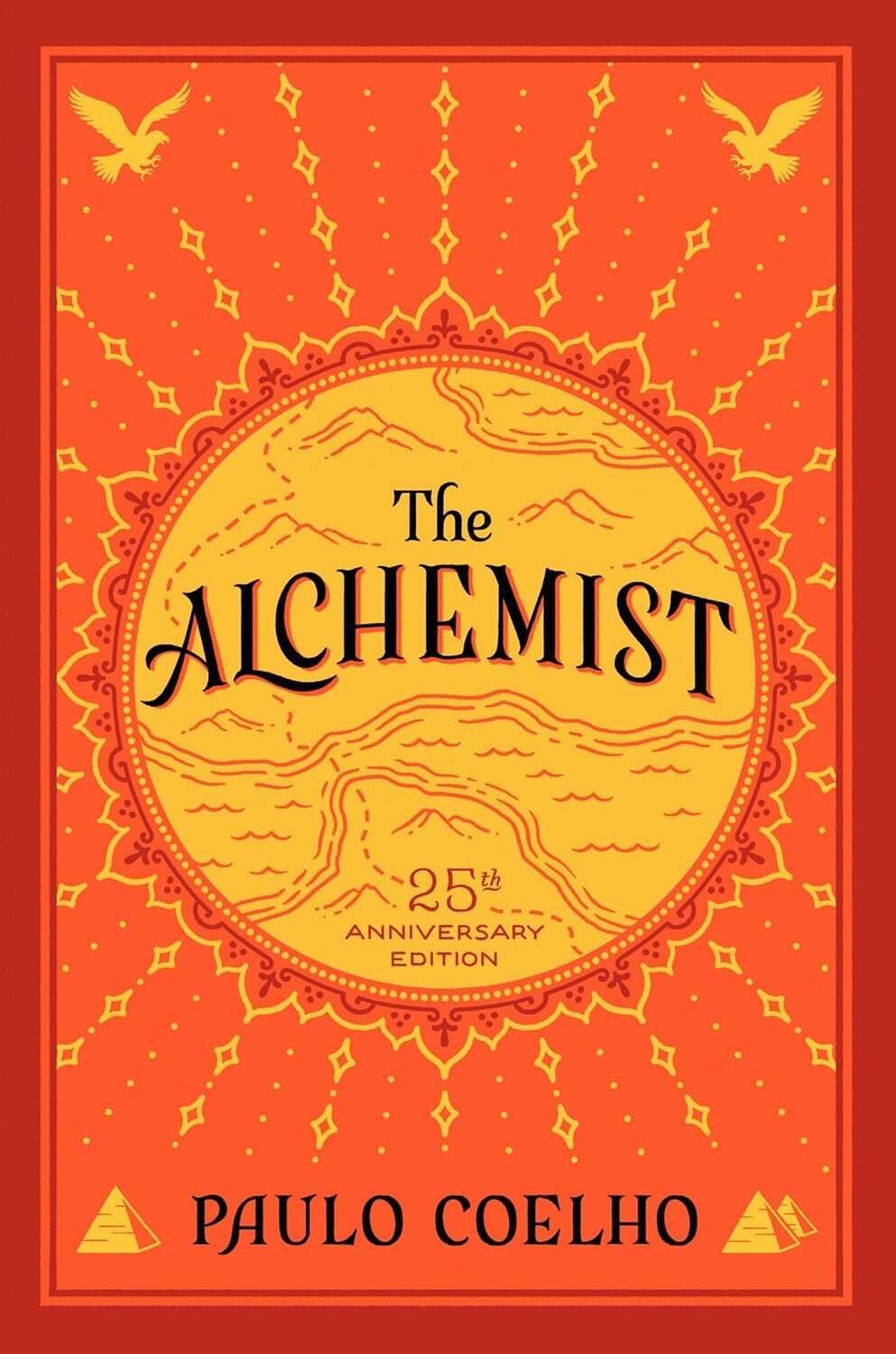- The Wealth Expedition
- Posts
- Balancing Today With Tomorrow
Balancing Today With Tomorrow
Comparable to asset allocation in a portfolio, we also have to consider timeline allocation. How much focus should I put on the present moment versus the future? Is there a perfect balance?

Our weekly newsletter features the following sections:
First time reading? Subscribe for weekly content here.
“What’s the world’s greatest lie?”
“It’s this: that at a certain point in our lives, we lose control of what’s happening to us, and our lives become controlled by fate. That’s the world’s greatest lie.”
-The Alchemist by Paul Coelho

NEWS
What Happened Last Week
Jobless claims hit a 14-month high at 258,000, despite high job growth.
Inflation, as measured by the Consumer Price Index (CPI), came in at 0.2% in September (2.4% annualized). This was higher than the estimated 2.3% annualized inflation rate.
The Producer Price Index (PPI), which measures inflation before it reaches consumers, also caused estimates for inflation numbers to be slightly hotter than previously estimated.
The number of individual stocks outperforming the S&P 500 has risen from around 20% to 70% in the last three months. This indicates breadth in the stock market. It’s no longer just a few companies driving the overall return.
The S&P 500 dividend yield is the lowest that it’s been since late 2000. This is measured by taking the annual dividend payment and dividing by the stock price.
Investor optimism remains elevated according to the AAII Investor Sentiment Survey and Fear and Greed Index.
How I See It
The economy has a lot going for it.
The worries over inflation remain focused on tiny details which have no predictive power for where markets go over the next twelve months.
The stock market is showing breadth, meaning it’s not just being driven by a few big companies. There is a fundamental strength to suggest strong economic growth ahead. And that is normal to see as bull markets mature.
But there are some headwinds. This good news is widespread information, and it has built excitement among investors.
Suddenly it’s cool to be an investor. Not so much back in mid-2022.
That’s why we’re teetering on “extreme greed” in the Fear and Greed Index.
And it’s also why prices have been driven up high enough to create a very low dividend yield environment.
Here’s an important thing to remember.
Unless there is undeniably careless oversight of underlying weaknesses in the economy, the odds are against us to bet on falling markets. Assuming you’re invested at your proper long-term risk levels, when in doubt, stay invested. Even if that means riding through large market swings.
Uncertainty will be falling as a winner emerges from the Presidential elections next month. This alone is likely to create some strength for stocks in the short-term.
Though prices are high, along with optimism, remember that this can go on for years before a bear market comes around. In other words, there is no immediate predictive power in P/E ratios and dividend yields.
And remember that the Fed has a good deal of monetary policy power at its disposal.
Some of the most powerful stock returns tend to come at the beginning and the end of bull markets. And it’s far more important to capture all of that upside than it is to miss out on the downside.

PARADIGM SHIFT
Balancing Today With Tomorrow
How much of today should I sacrifice for a better tomorrow?
It’s the age-old question.
And there is no one-size-fits-all answer. But here’s the obvious truth: you shouldn’t sacrifice 100% of either!
So there has to be a tradeoff. When we experience tragedies like the COVID-19 pandemic or destructive hurricanes on the East Coast, our sense of continuity gets disrupted.
We can be tempted to put more weight on the present enjoyment of life at the expense of the future.
Alternatively, when everything is going well and systematically, we can be reasonably content to sacrifice a good deal of today for a better future.
We often go through seasons where we weight the value of the present and the future differently.
Here’s my opinion.
You should have a big picture, long-term goal, and set mid-term goals that move you in that direction.
You should sacrifice just enough of the present in order to target a major life change every 3-5 years. And that change should be in the direction of your big picture goal.
That might mean planning for a career change, a promotion, a business venture, a geographical move, one or more new family members, etc. Create a plan that is made up of clear and measurable short-term goals that will inevitably lead to the achievement of that 3-5 year goal. Then stick to it!
But don’t go overboard. Don’t sacrifice everything to the future. Because the only thing we’re promised is the present moment.
Dr. Jordan Peterson teaches that progress toward a worthy goal creates a sense of meaning, fulfillment and satisfaction. So not only do you benefit when you achieve that goal, but you benefit in the present moment by the progression toward it.
Through the balance of present enjoyments as well as regular progressions toward a goal, you can discover that proper balance that brings satisfaction in the moment and transforms your life over time.


FINANCIAL TOOL
Sortino Ratio
This equation is extremely useful in comparing downside risk of different assets.
When investors talk about volatility, they typically mean the overall movement of an asset.
But we like movement! We invested for upside movement!
So volatility can be a good thing. It’s not only a cost (downside), but also the reward (upside).
The Sortino Ratio attempts to correct a weakness of the Sharpe Ratio, which we examined a couple weeks back.
The question it answers is this:
How much return has an investment generated in excess of the risk-free return, per unit of downside risk?
Sortino Ratio =
(Return of the portfolio) – (Risk-free rate)
Standard deviation of the downside
Downside risk can be measured either as downside deviation from the risk-free rate or downside deviation from the average return of the asset, depending on how strictly you define downside risk.
So how can you use this in real life? Consider this example:
Investment A
Averaged 9% over 5 years
2% standard deviation of the downside
Investment B
Averaged 12% over 5 years
4% standard deviation of the downside
If we say the risk-free rate is 5%, then:
Sortino Ratio
Investment A = 2.00
Investment B = 1.75
From this example, Investment A offers better reward per unit of downside risk than Investment B, even though B resulted in higher absolute return!
If you are a risk-taker, you may still choose to go with B. But if you’re interested in managing risk effectively, you may choose to go with A.
Weaknesses in this method of risk-reward comparison include:
Standard deviation is not the only way to measure risk; it’s just a popular way because it’s easily measured.
This only measures past numbers which are not indicative of what they will be in the future.
There are different ways to measure downside standard deviation, so make sure you are comparing apples-to-apples when using this method.
One place to compare Sortino Ratios is Fund Performance (portfoliovisualizer.com). Just type in the ticker symbol for the stock or ETF you want to see, and it will usually include the Sortino Ratio in its statistics.

HERE’S HOW I CAN HELP
FUTURE RESOURCES ARE IN THE WORKS!
You will have access to in-depth digital courses in the very near future. These will cover everything from strategic budgeting to advanced investment strategies.
You will learn step-by-step how to practically apply financial strategies in a comprehensive way that will allow you to transform your life far before typical retirement age.
In the meantime, here’s a book of fiction which I read while traveling in Italy. It’s an inspiring read which follows the journey of a young shepherd who embarks on a search for lost treasure revealed to him in a dream. The story encourages the realization that you have the power to radically change your life, at any time regardless of the situation. And when you answer the call to adventure, your greatest treasure will be who you become along the journey.
The Alchemist by Paul Coelho

This post contains affiliate links, which means I may earn a commission if you make a purchase through these links at no additional cost to you. Thank you for your support!

I’d love to hear from you. Let me know what you’d like to see in upcoming newsletters, articles, or a digital course at Contact Us - The Wealth Expedition.
